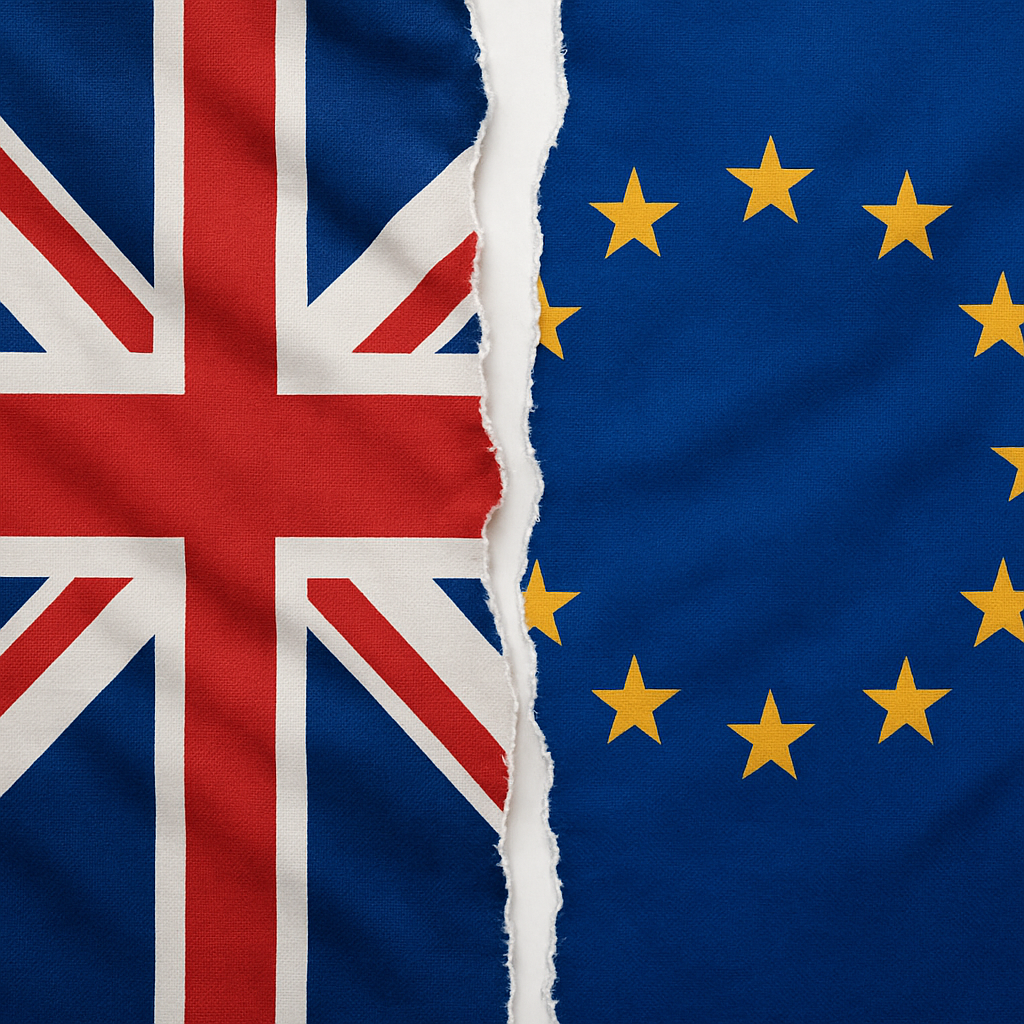(Publ. 17 FEB 2014) Upon registration of black and white trademarks in Sweden the registration offers protection for marks in black and white as well as in color. At the Office for Harmonization in the Internal Market (OHIM) the registration only apply to black and white marks and marks in color are therefore not granted any automatic protection. Differences when it comes to registrations at The Swedish Patent and Registration Office (PRV) on one hand and at OHIM on the other hand regarding marks in black and white or in color creates uncertainty about the scope of protection and impairs harmonization regarding trademark registration.
Sweden is one of the countries that have previously held that the scope of protection for a trademark registration in black and white (and gray scale) also covers all other possible colors (“black and white covers all”). Practice relating to this has, however, been uneven and non-harmonized among other countries in the EU. Many other states work on the “what you see is what you get” principle, i.e. that only that which actually appears in the registration will be protected. In these countries a black and white mark is not automatically considered identical to a mark in color. This difference causes obvious ambiguities, uncertainties and difficulties in regards to cross-border protection and registrations.
The collaboration for a common practice
PRV participates in five convergence programs within OHIM, which seeks to harmonize practices in trademark and design disciplines, and Convergence Programme 4 (CP4) specifically concerns the scope of black and white marks . This new common practice deals primarily with three main issues that are relevant in order to clarify black and white marks in relation to a) priority, b) the relative grounds for refusal, and c) the use of trademarks.
Because of the differences between the registrations in the different member states OHIM has sought to develop a harmonized practice that clearly shows how the marks in black and white or grayscale must differ from each other to not be considered identical, and how different two marks must be in order to not be considered the same mark. Regarding the three main issues when it comes to black and white marks mentioned in CP4, OHIM has proposed the following common practice.
a) Priority: In regards to priority a trade mark registered in black and white is not considered to be identical to a similar mark in color, unless the differences in color are so insignificant that it would not be noticed by an average consumer.
b) Relative grounds for refusal: In this case it is also deemed that if the difference between the mark in black and white and the mark in color is so small (insignificant, negligible and barely noticeable) that it would not be noticed by an average consumer, the marks should be considered to be identical.
c) Use: When it comes to actual use, a change only in color does not constitute a change of the distinctive character as long as certain conditions are met, namely: that the word- or figurative elements involved are the same in both marks and is the most distinctive feature in the marks, the contrast and light shades are respected in the marks, and that the color or combination of colors are not distinctive in itself and that the color is not a strong contributing factor to the distinctiveness.
Difference in protection in Sweden and in Europe
Although Sweden has not participated formally in the working group of CP4, Sweden has continuously made comments and suggestions to the work. PRV has said that they cannot apply this new practice that has come from OHIM at this time as it would go against both Swedish legislative history and court rulings from the Court of Patent Appeals (PBR). These findings have led to Sweden – as well as Norway, Denmark and Italy because of similar legal barriers – having entered a disclaimer in the new practice document from OHIM explaining its position and the problems that exist.
PRV’s past practice thus remains unchanged so that two marks should be regarded as identical if the only difference between the marks is that one mark is in color and the other mark is in black and white. The black and white mark is seen only as a representation of the earlier mark in color and both marks are considered to fall within the scope of protection of trade mark law. OHIM will on the other hand apply a scope of protection that is based solely on the color or colors specified in the registration. A trademark registered in black and white by PRV will therefore not have protection for other colors than just black and white at OHIM.
The fact that several national offices such as PRV chooses not to follow OHIM’s practice obviously complicates the harmonization of trademark registrations, the actual goal of CP4, and also leads to an uncertain outcome for the scope of protection of trademarks.





















